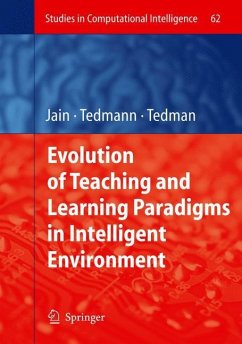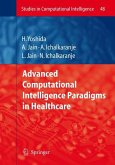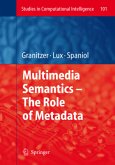Teaching and learning paradigms have attracted increased attention in the last few years. Improved access to high speed Internet services and the massive increase in popularity of the Internet have paved the way for alternative but effective approaches in teaching and learning. This book on the evolution of teaching and learning paradigms in intelligent environment presents the latest ideas pertaining to educational pedagogy. The authors have recognised the role of constructivist thinking in teaching and learning plus the importance of providing a wide range of mental resources to encourage cognitive growth in students. Electronic learning or e-learning is rapidly transforming the teaching and learning environments of tertiary education facilities, further moulding the educational pedagogy to match the virtual digital modes of commu- cation favoured by teenagers during their secondary education. Teachers need to recognise that while technology should empower the learning process it is important not to neglect educational issues during the systematic analysis and design of the technologies for specific learning purposes. Recent advances in e-learning have emphasised the importance of personalised learning ontology or customising of learning material and activities to provide a personal environment for each learning activity. This means adapting the learning content, its sequencing and maybe some aspects of the learning process so that it can be adapted to different users with different capabilities. This push for personalised learning has also focused upon the need for refining data mining methods to classify e-learning problems e. g.








